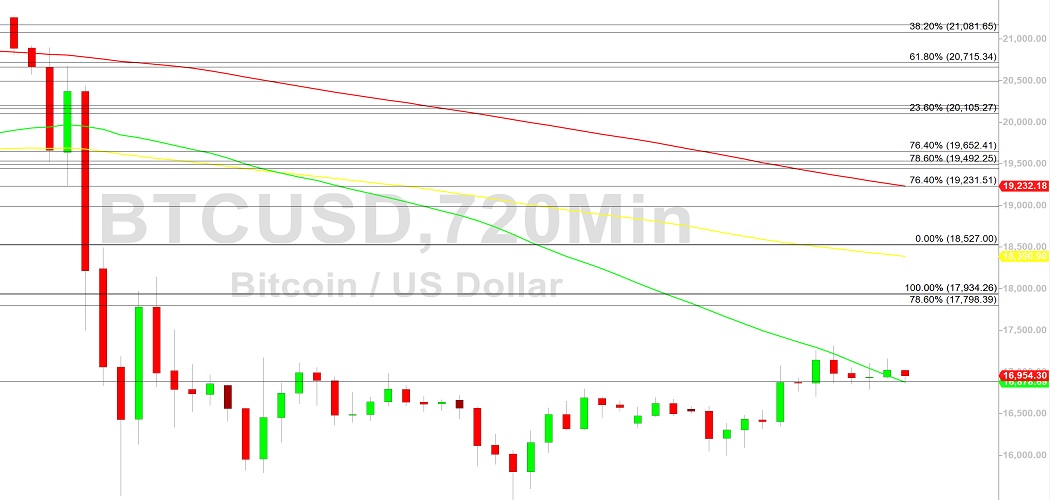Image source: Getty Images
This has been a turbulent year for global stock markets. 2022 has seen inflation soar, energy bills skyrocket, and Russia invade Ukraine. Indeed, the US S&P 500 index crashed more than a quarter (-27.5%) from its January record high, before rebounding strongly since mid-October. But large-cap UK shares have emerged remarkably unscathed.
UK shares were a shelter from the storm
At its worst, the FTSE 100 index had lost almost 1,000 points from its 10 February 2022 high. However, since its low on 13 October, the index has surged by 12.6% to close on Friday at 7,556.23 points. Of course, not all UK shares have fared as well.
Over the past 12 months, the Footsie has risen by 4.5%. Adding cash dividends lifts this return to 8.5%. That’s a fantastic result, given market carnage elsewhere. But some UK shares have performed terribly in 2022.
Only 98 shares have been in the FTSE 100 for a year or more. Of these, 37 have gained in value over the past 12 months. The highest increase was 65.1% , the lowest was 0.1%, and the average was 21.4%.
This leaves 61 fallen Footsie stocks over one year. The smallest decline was 0.3%, the largest loss was 60.1%, and the average drop was 20.8%. And despite having far more losers than winners, the FTSE 100 index is still up over 12 months.
We bought one of the FTSE 100’s worst shares
For what it’s worth, my expectations for 2022 were absolutely spot-on. I expected overvalued US stocks to plunge — they did. I also warned that bond prices would fall sharply as interest rates rose worldwide — they did. Also, I predicted that cheap UK shares would be a shelter from this storm — and they were.
Alas, on my advice, my wife bought stock in what turned out to be the Footsie’s second-worst performer over the past year. This smashed-up UK share is housebuilder Persimmon (LSE: PSN).
So what on earth possessed me to buy shares in a property company, given I expected interest rates to rise and inflation to explode past its 2% target? Surely it must have been obvious that these conditions are hardly ideal for home sales, right?
That said, we only bought Persimmon shares after they had already crashed hard. At their 2021 peak, they briefly hit 3,272p on 7 June. And at their 2022 high, these shares peaked at 2,930p. But they’ve crashed brutally since then, closing at 1,295.5p on Friday. That’s a collapse of more than half (-55.8%).
However, my wife bought Persimmon stock on 26 July, after it plunged to 1,856p. So our running loss is 30.2% of our investment. That’s bad, but it could have been worse. Even so, this is my worst buy in over a decade. Oops.
One investing lesson for me
One thing this howler has taught me is not to be lured by a value share into a sector that I’m very negative about. I expected a grim 2023 for UK domestic property, yet I fell for Persimmon’s double-digit dividend yield. The company has already withdrawn its dividend guidance for the coming year, so I expect this payout to be slashed. That said, we’ll hang on to these shares for their long-term potential for recovery and future dividends!
Credit: Source link














